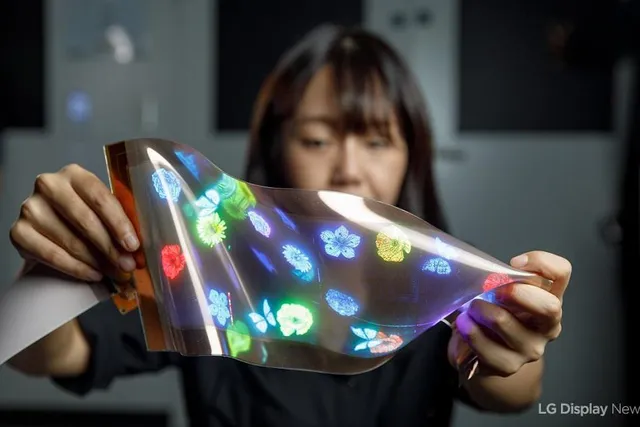Introduced in a recent press release, this flexible display has a resolution of 100 pixels per inch (ppi) and can show full-color RGB images. It is built using micro-LEDs with a sub-40μm pixel pitch on a silicon substrate commonly found in contact lenses, resulting in a stretchable material with elasticity “similar to that of a rubber band,” allowing for up to 20% stretch in any direction.
While flexible display technology has been available for a while—examples include LG's rollable OLED TVs and the LG G Flex phone—this new stretchable screen is designed to be even more versatile and durable, able to withstand significant external impact. LG Display emphasized that the screen’s lightweight and thin form makes it adaptable to curved surfaces like skin, fabric, and furniture.
Though there are no specific products announced yet, LG anticipates this technology could eventually be applied in wearables, smart devices, gaming, fashion, and transportation. This stretchable display marks LG's first prototype under a government-backed development project, aiming to refine the technology further by 2024.
LG isn’t alone in exploring stretchable screens; Samsung also demonstrated this capability with a stretchable OLED heart rate monitor prototype in 2021, hinting at the potential for flexible displays across various real-world applications.
 News
News
 Games
Games
 Software
Software
 Music
Music
 Technology
Technology
 Hardware
Hardware
 eSports
eSports
 AI-Artificial Intelligence
AI-Artificial Intelligence
 Internet
Internet
